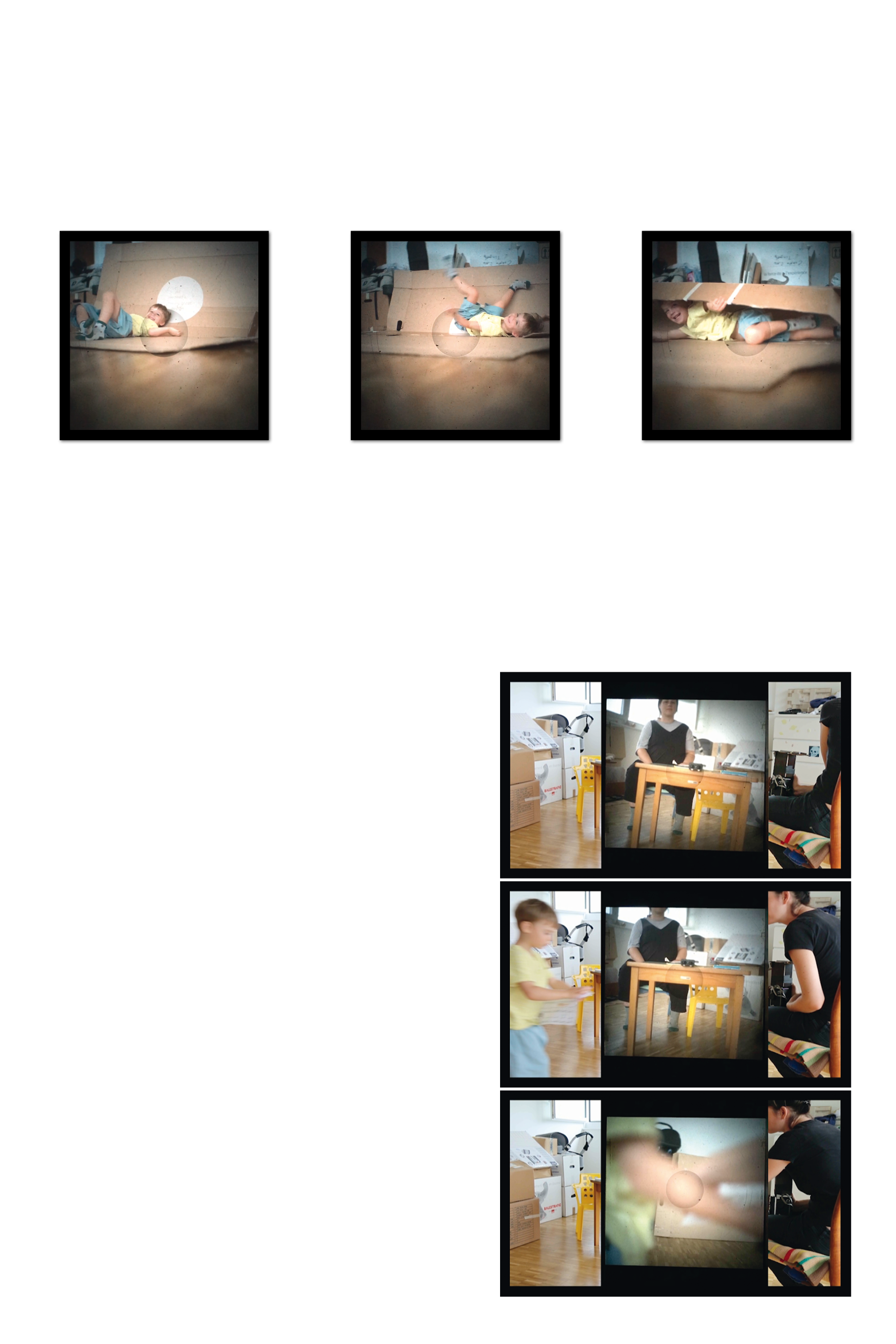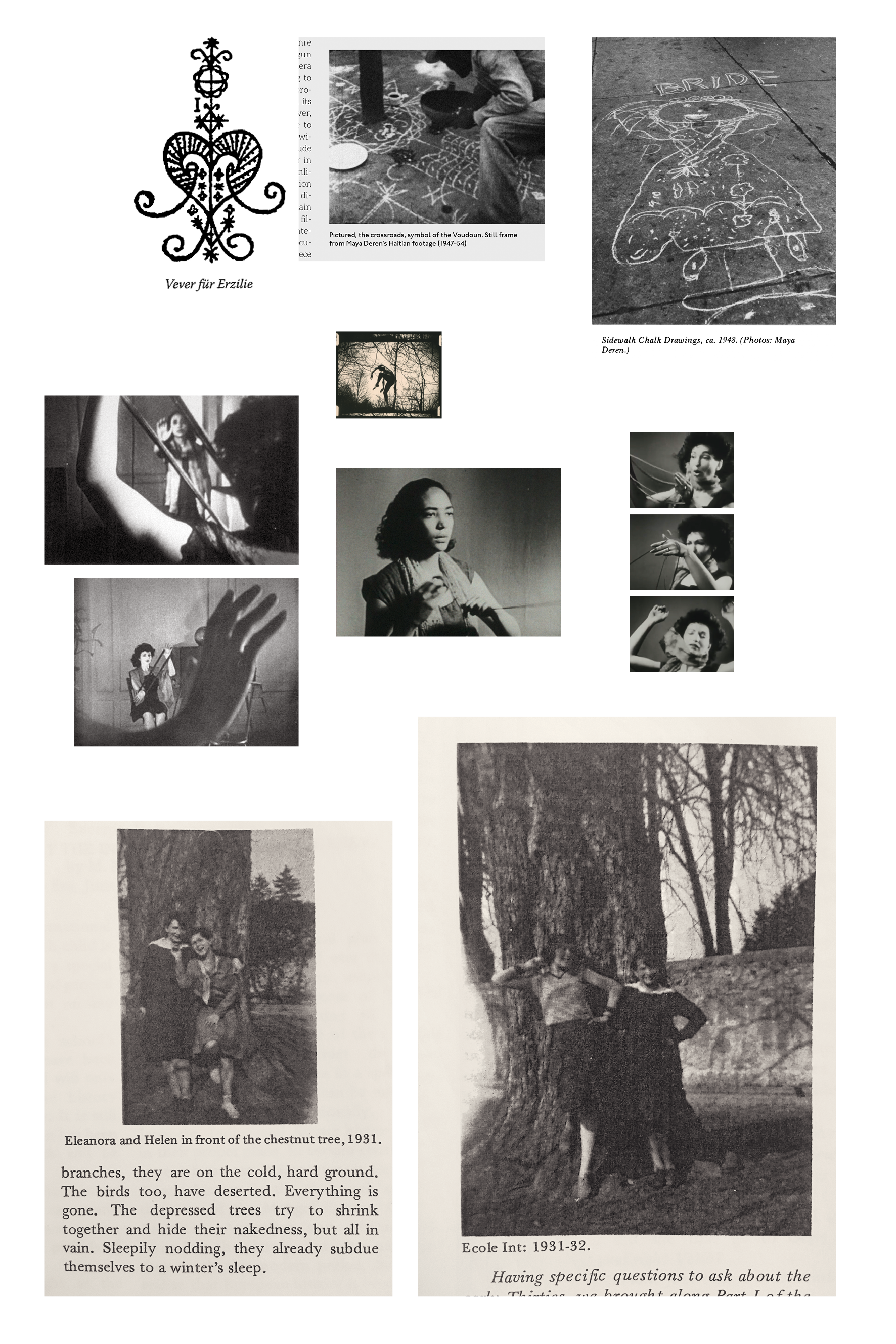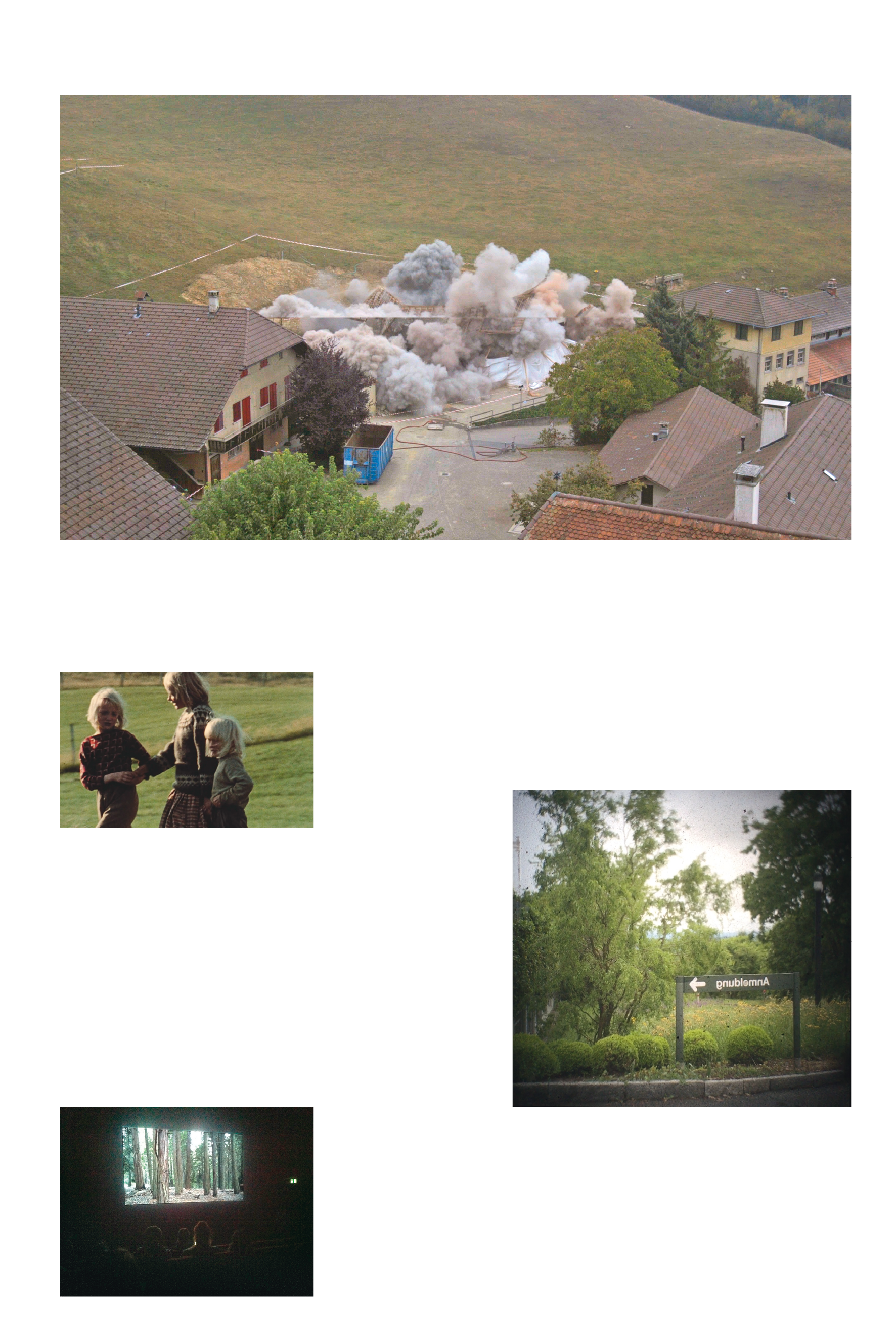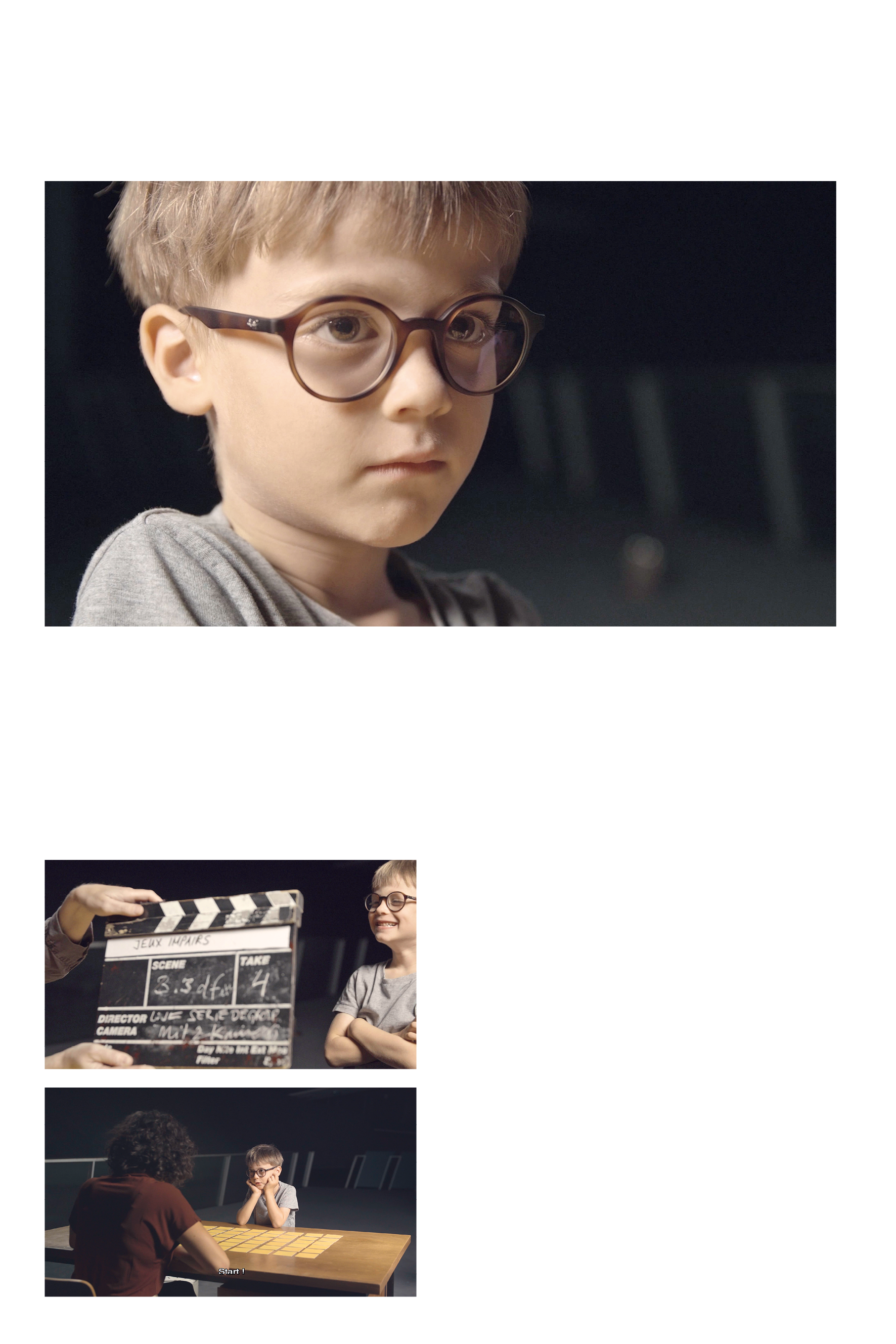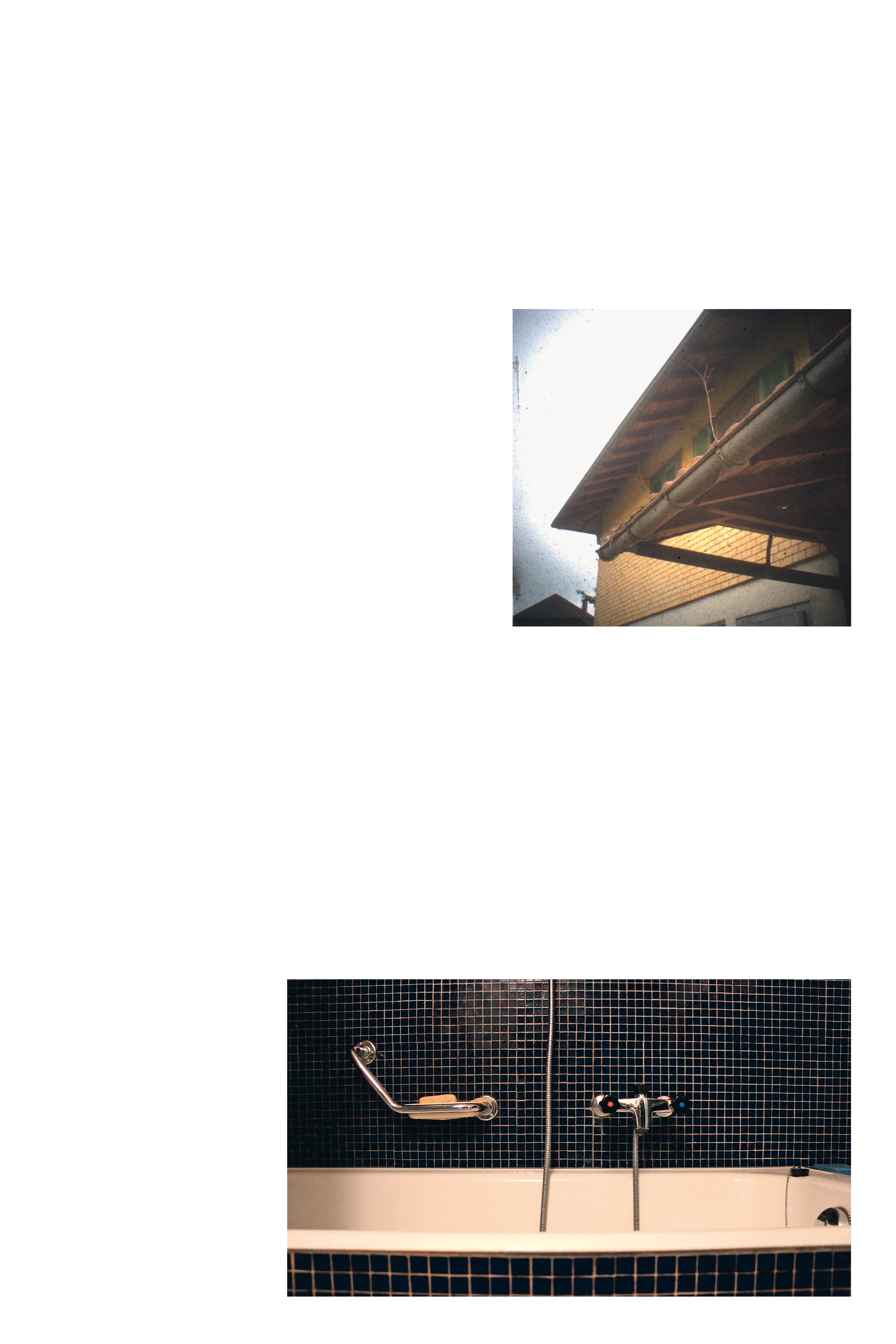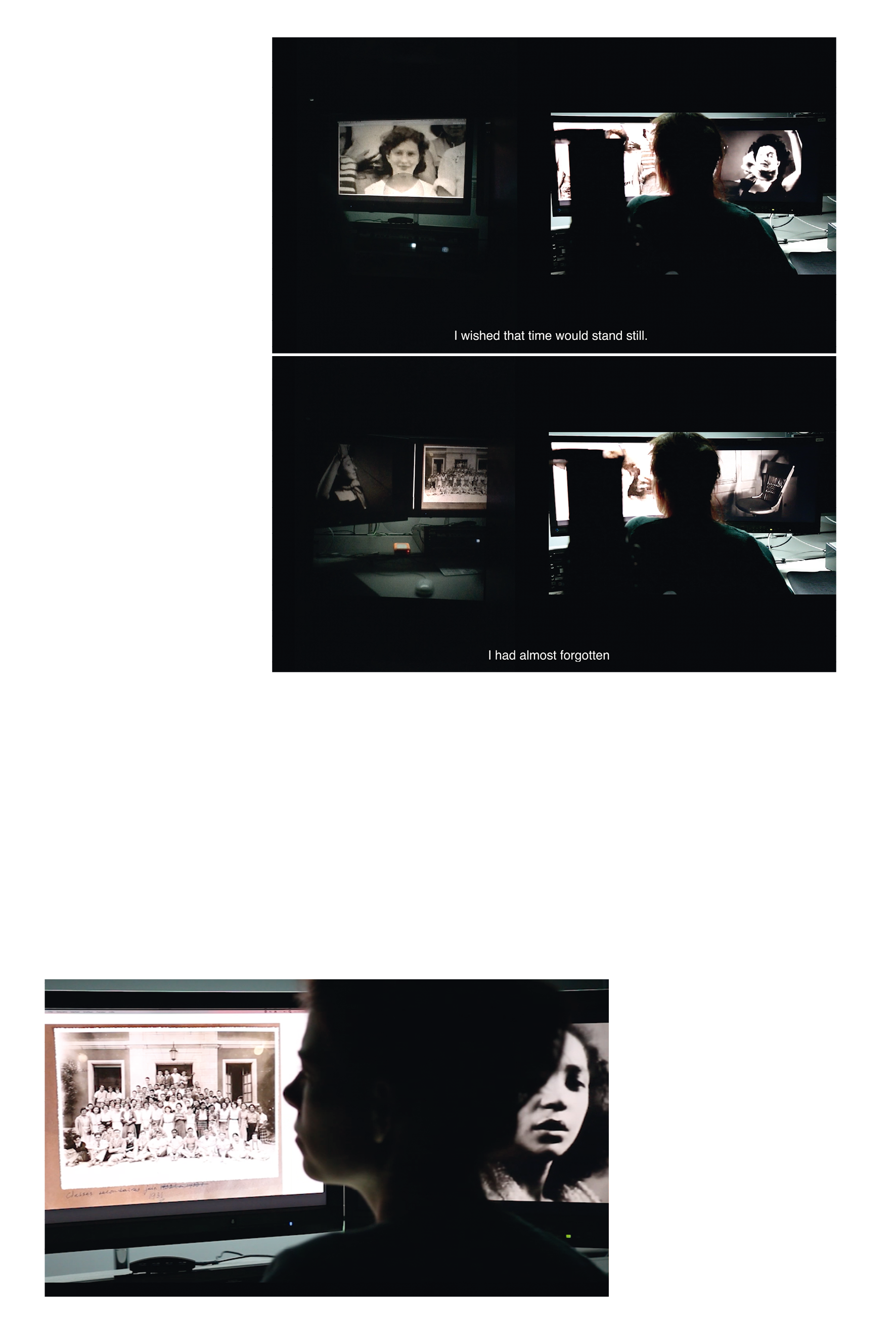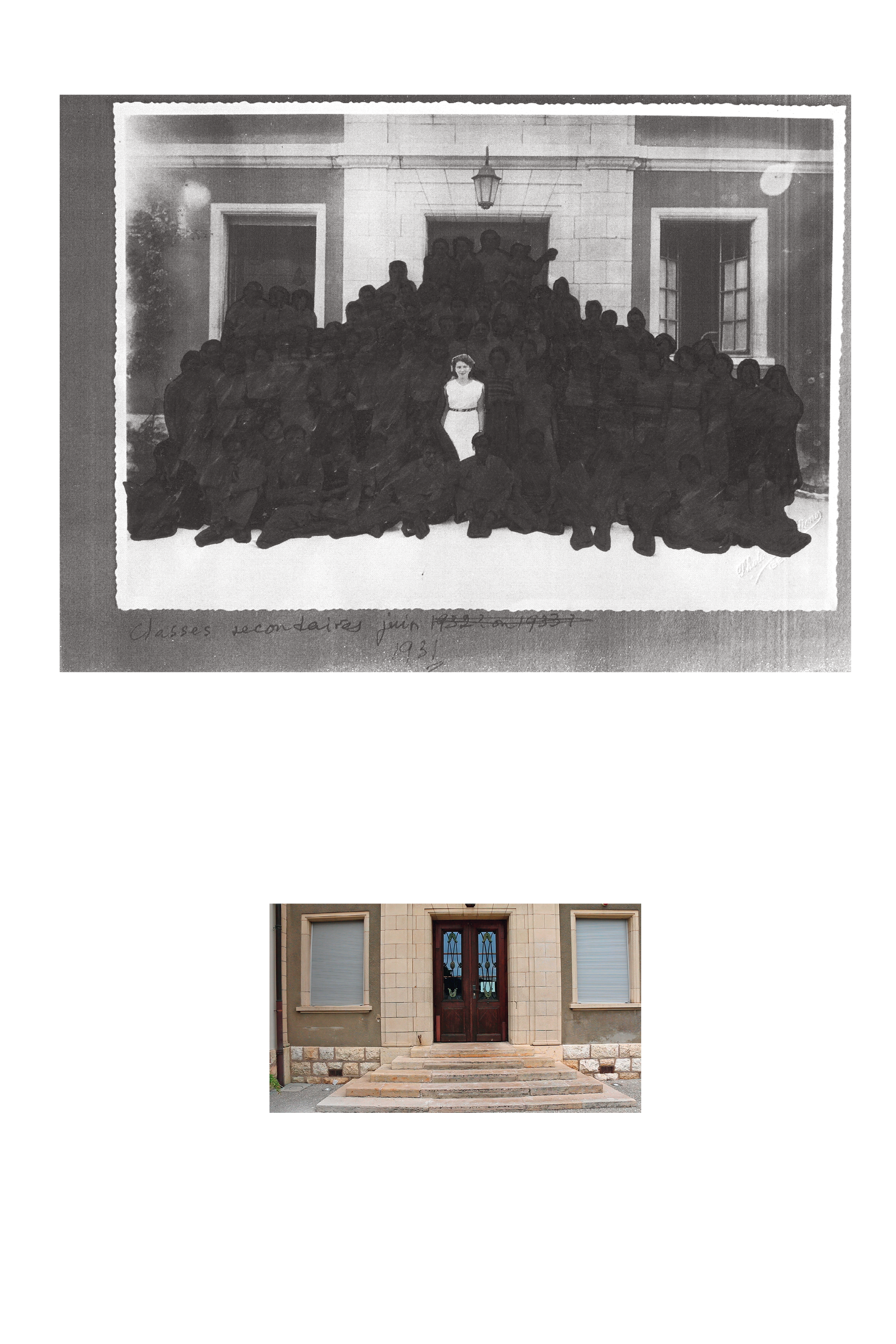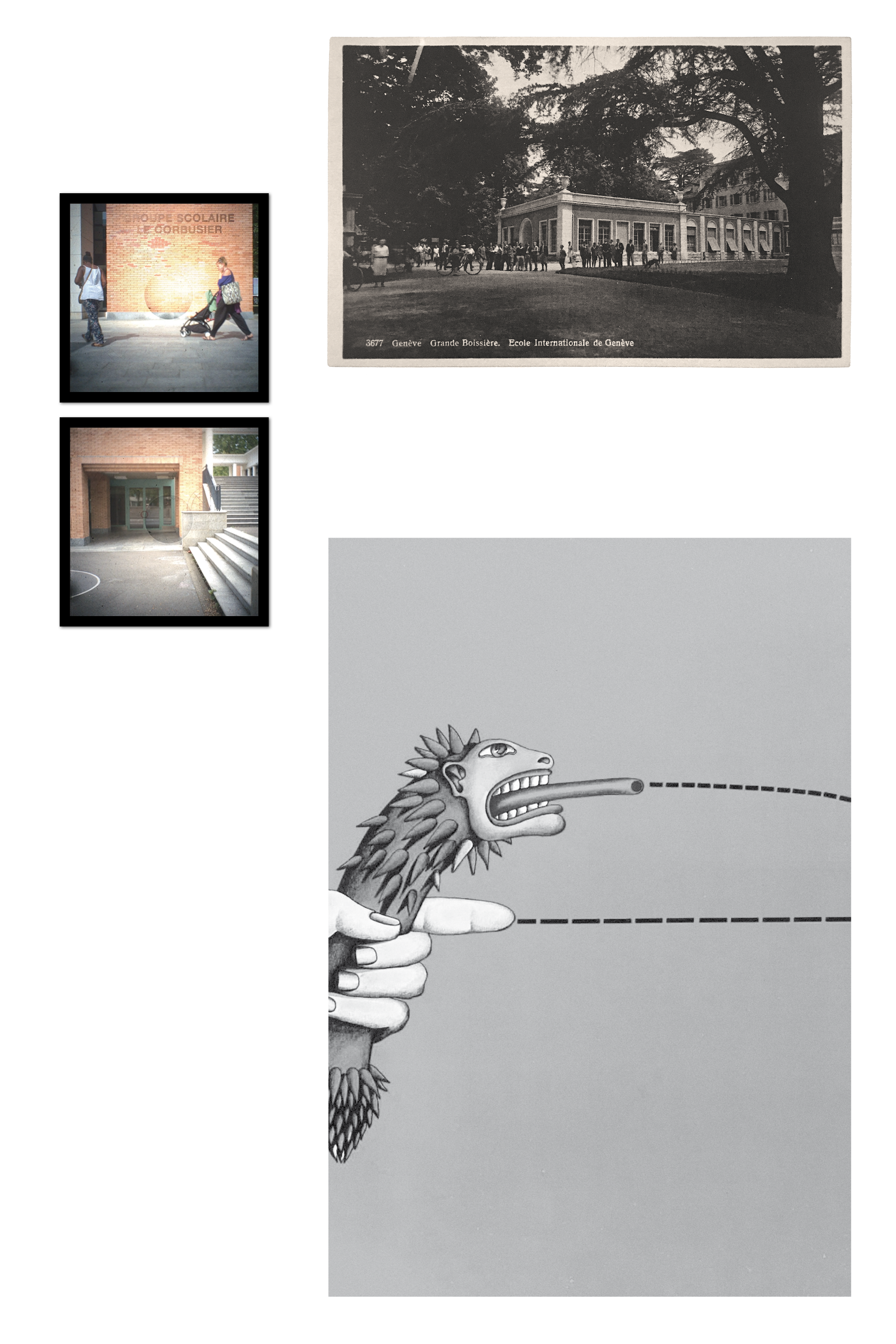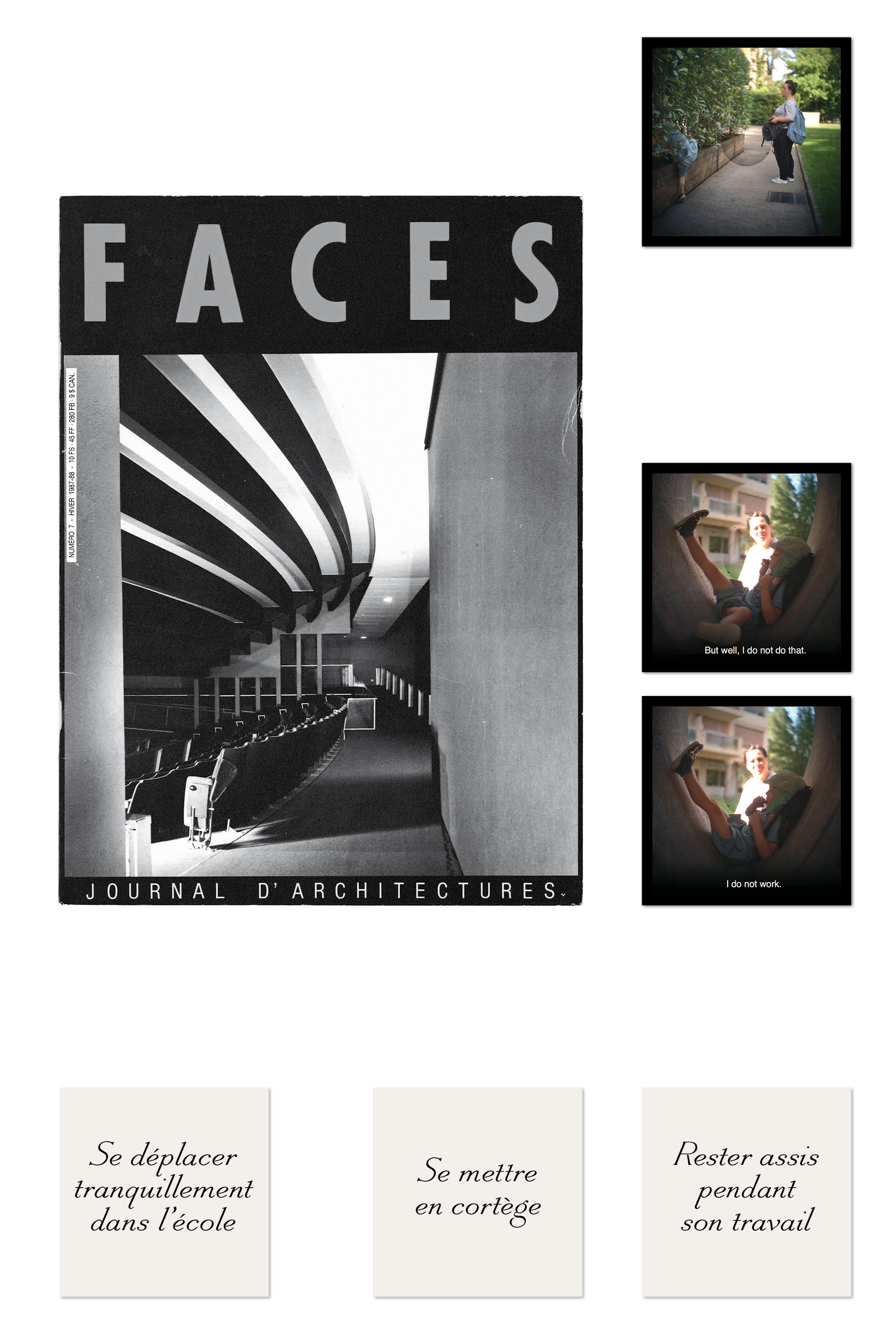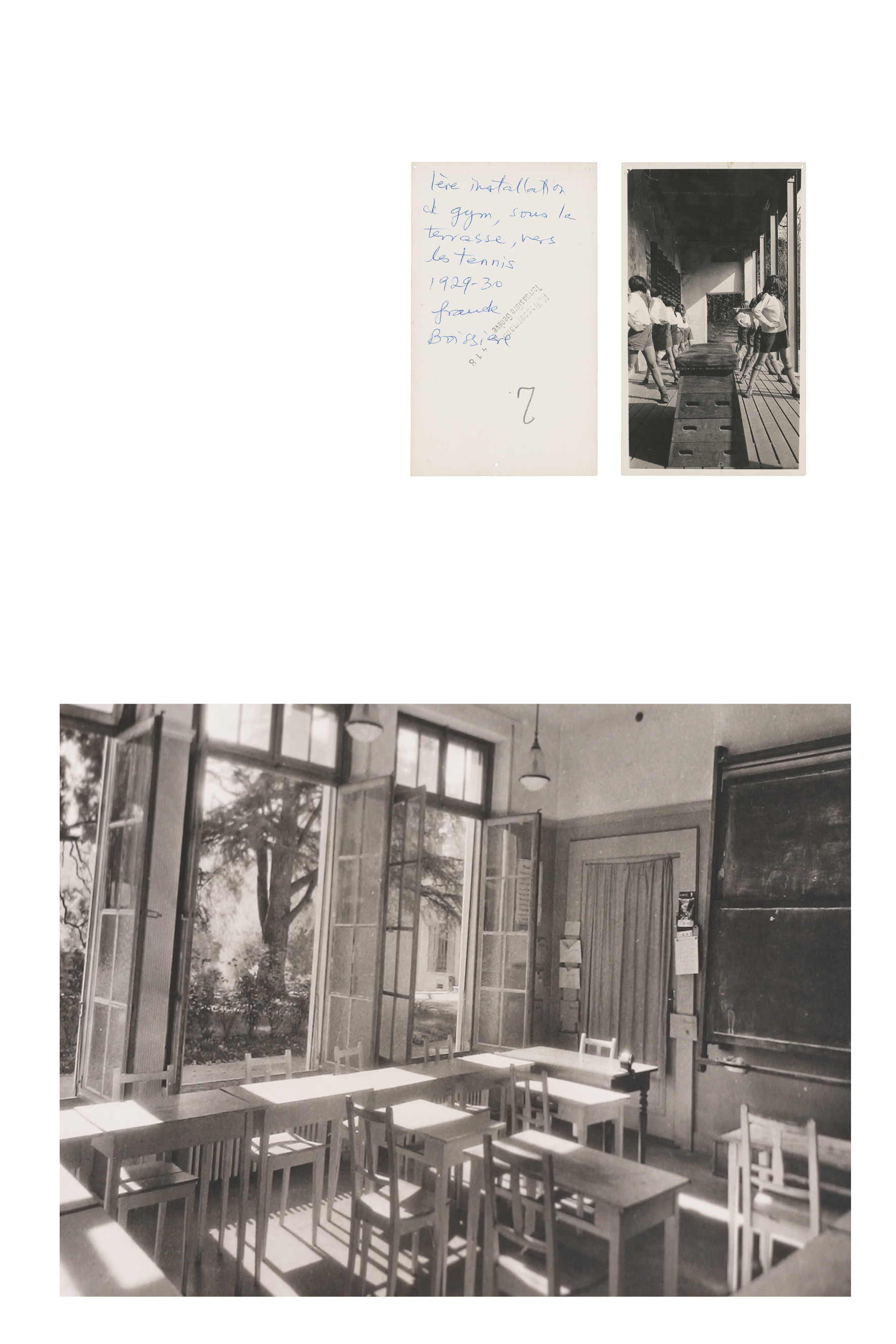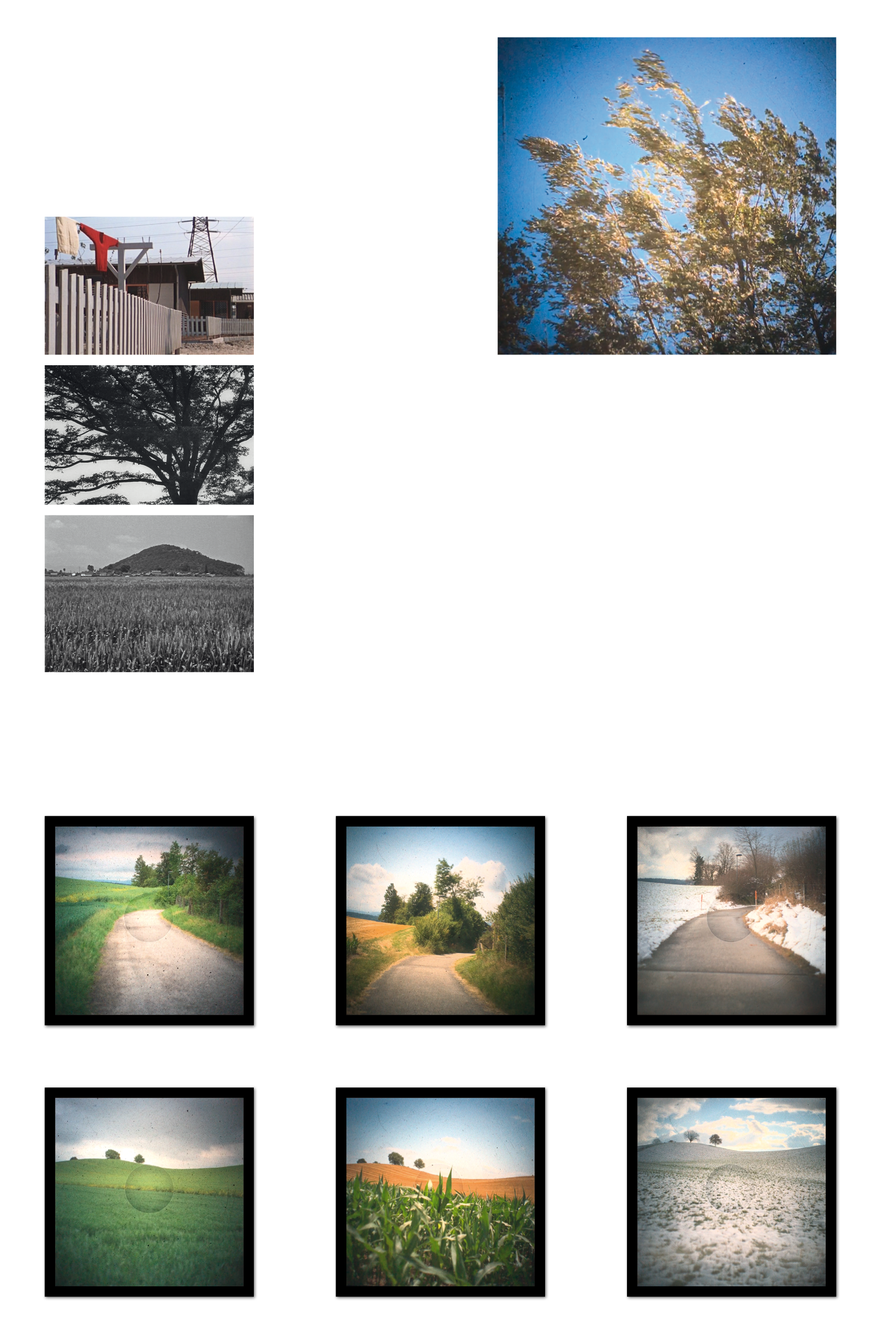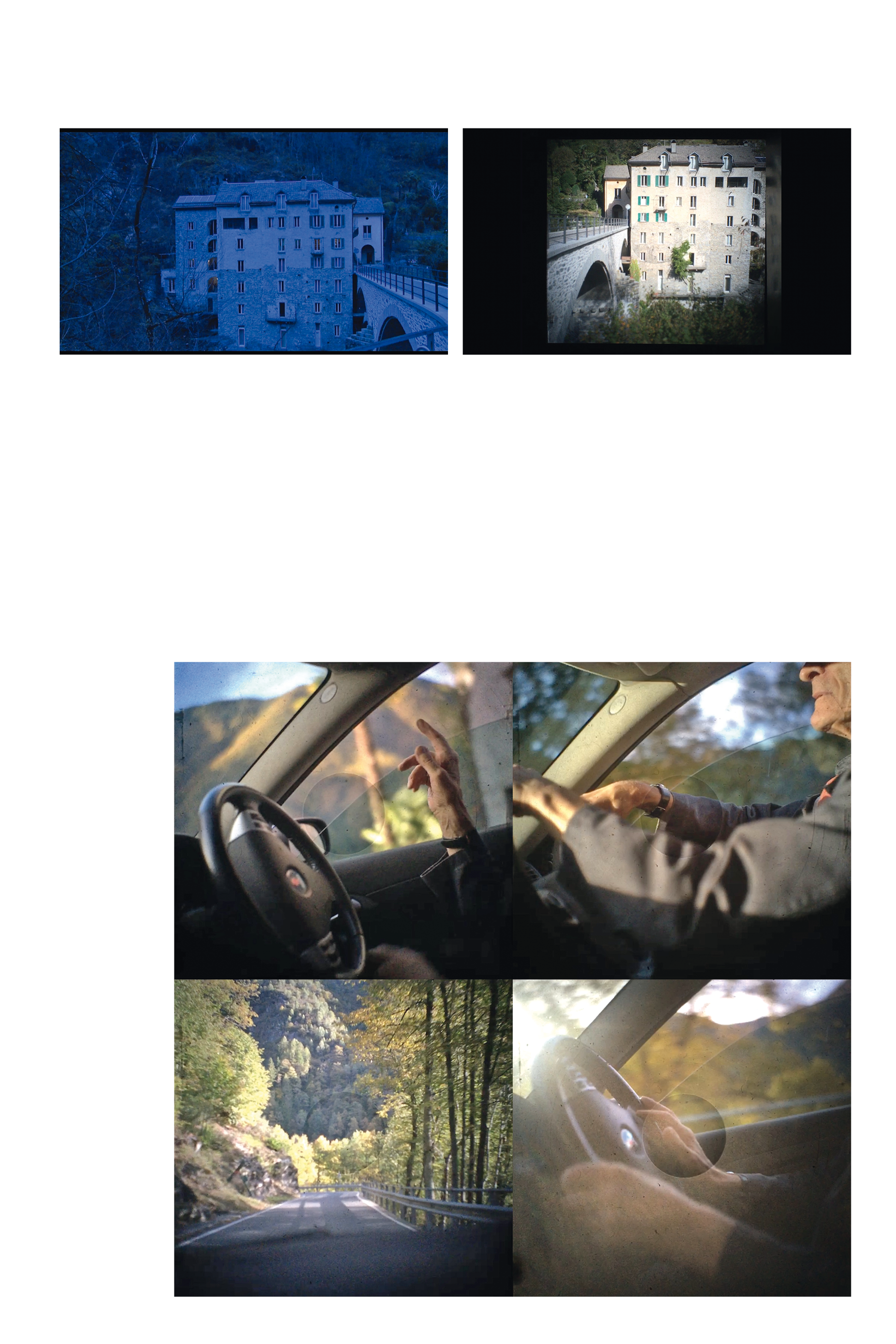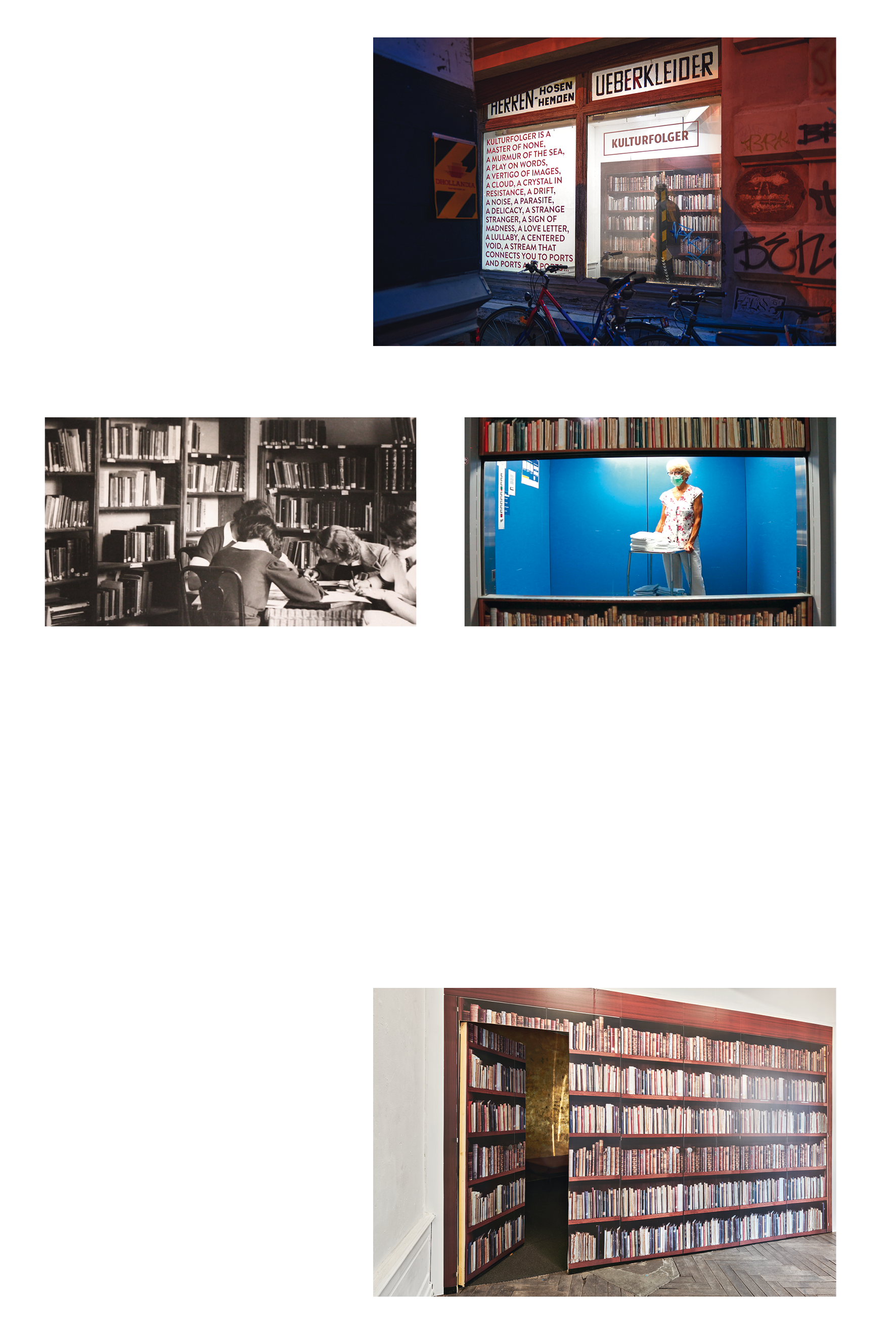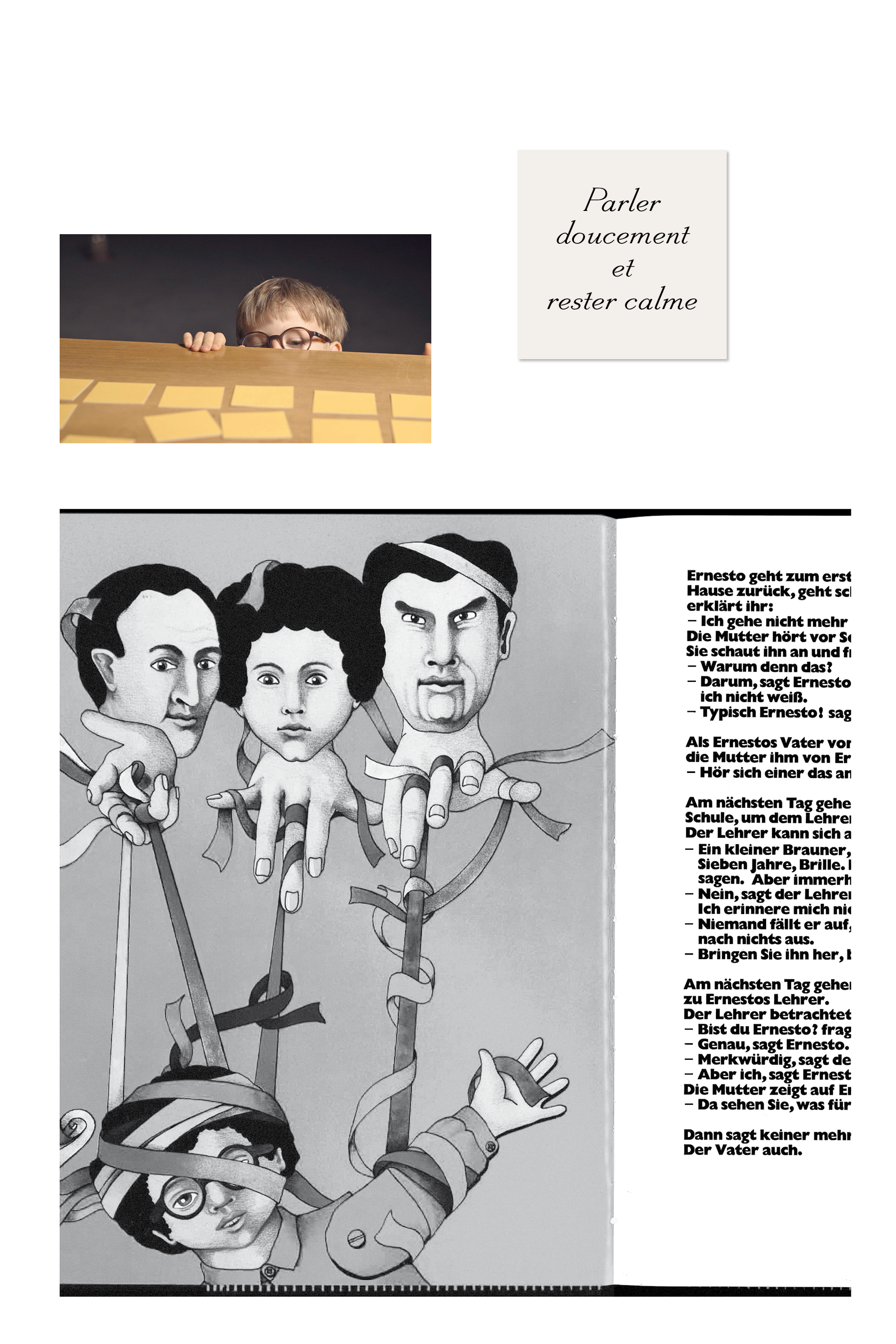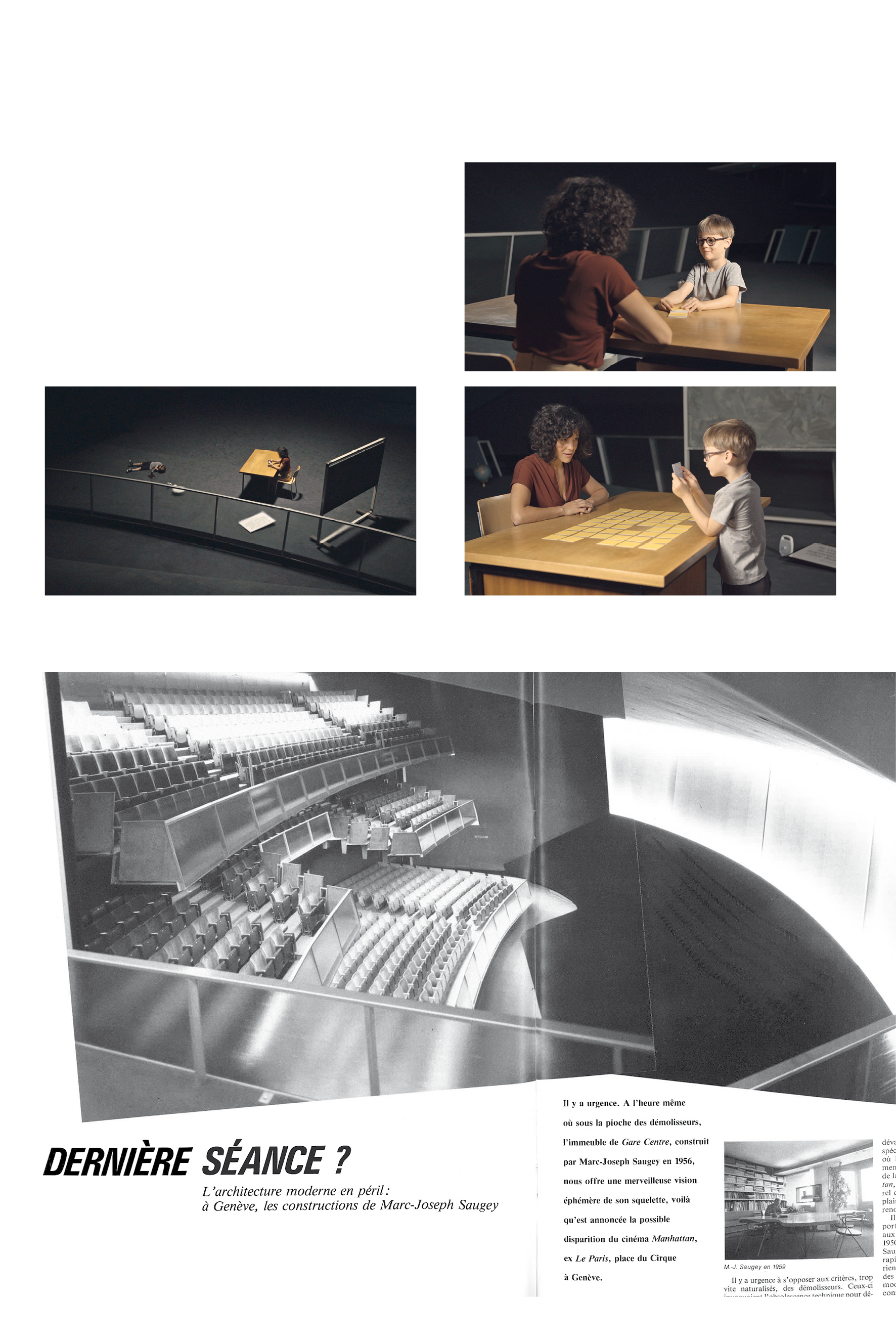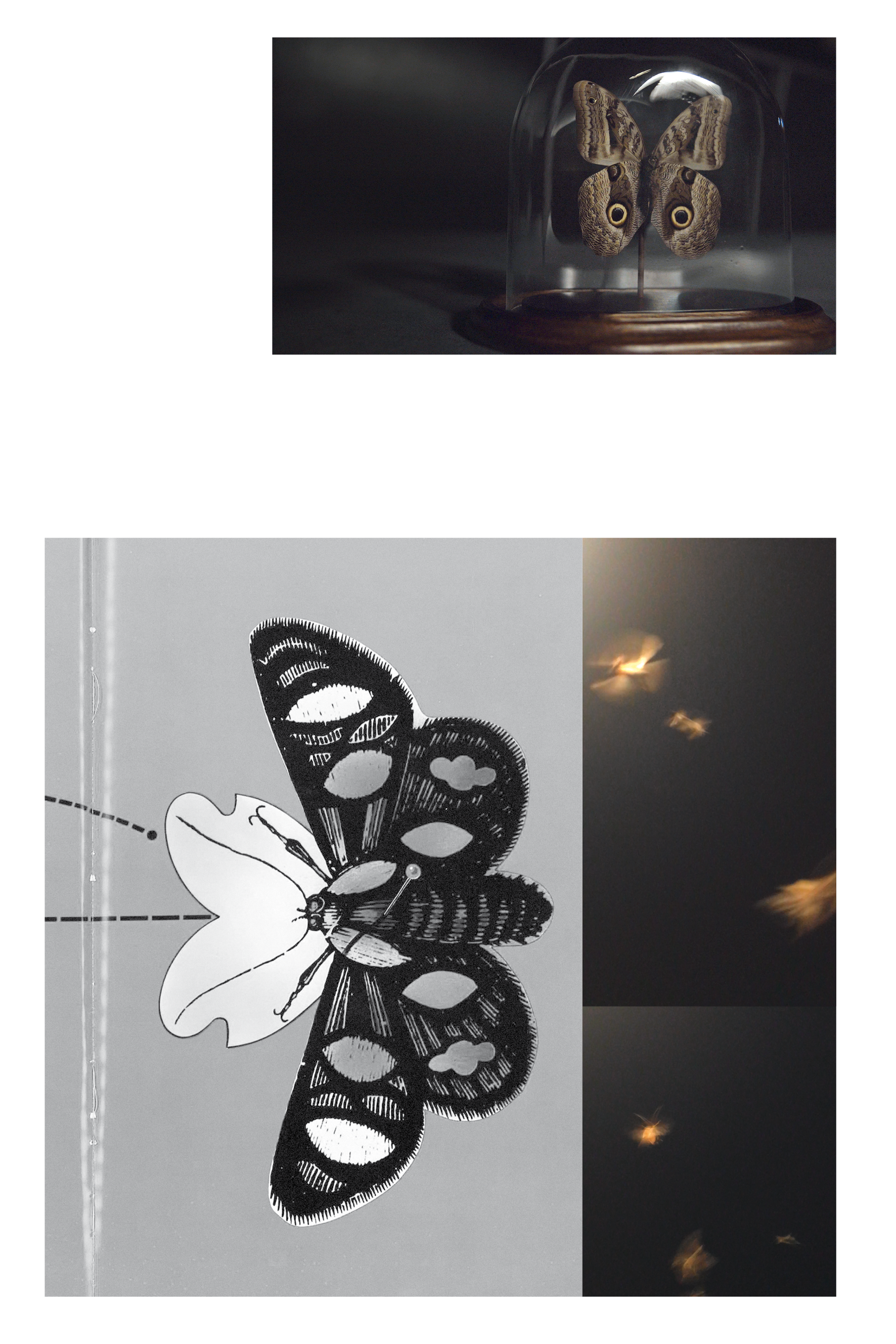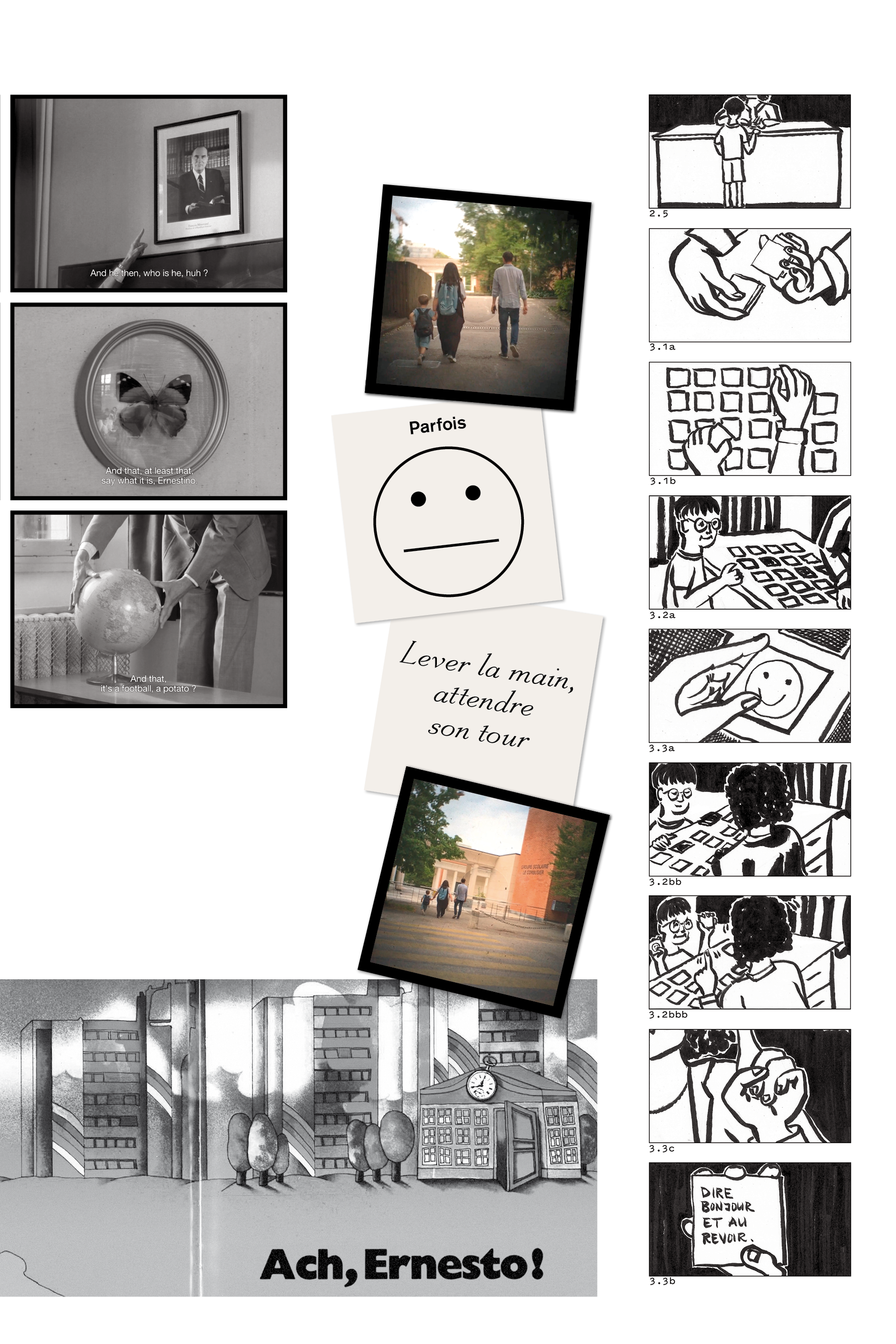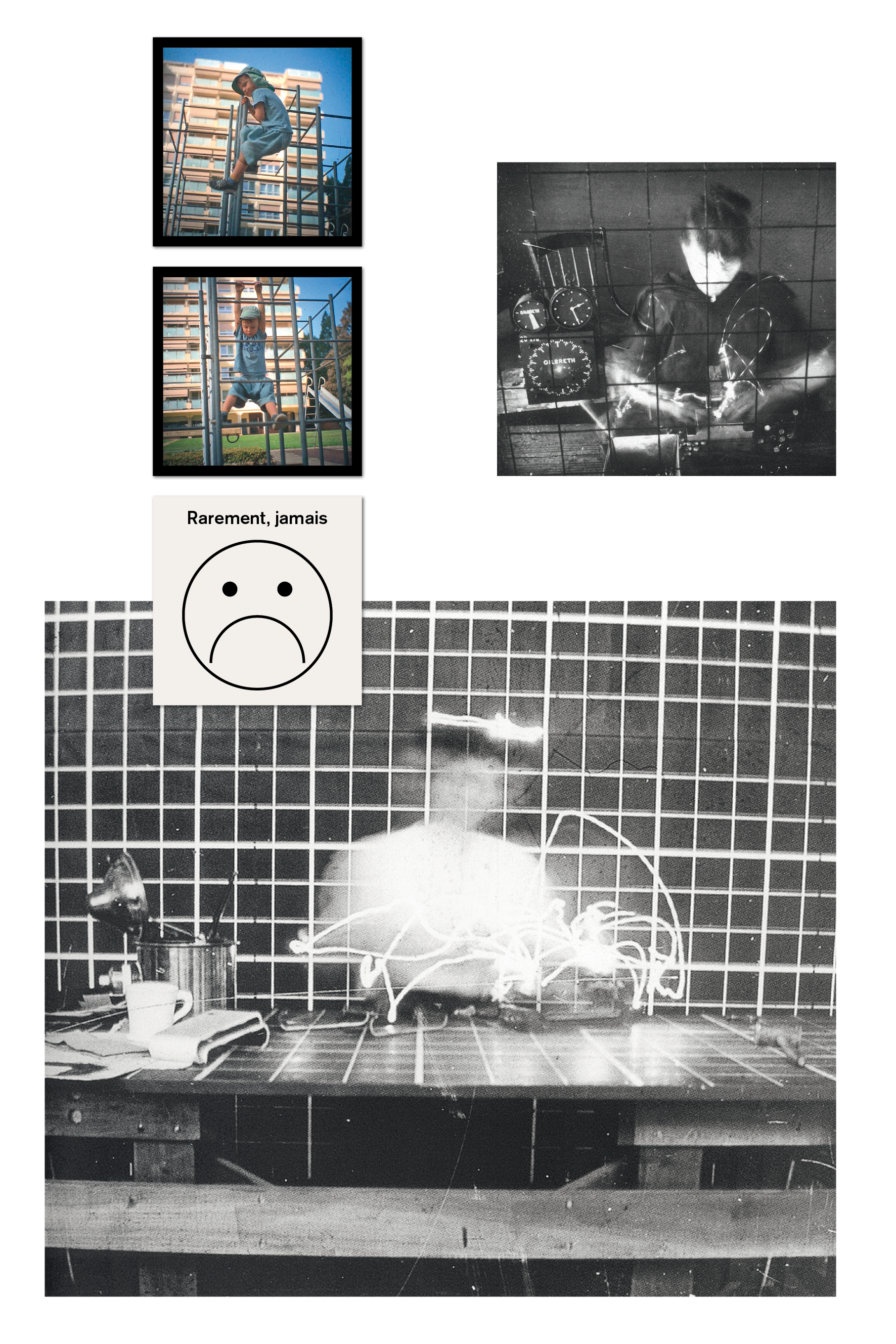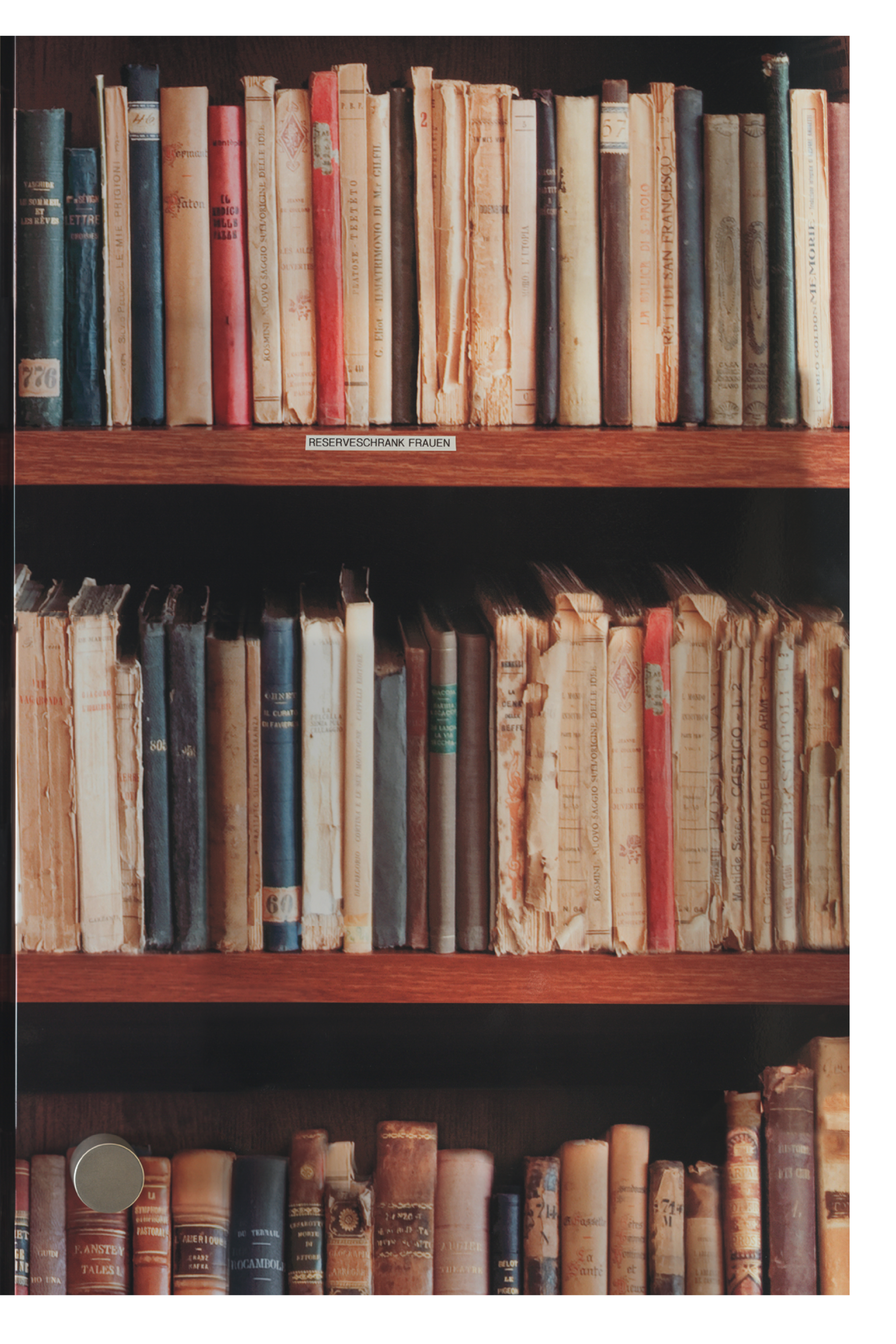As an invented figure, Chiara [C] helped to shape the course of the work in a way that makes her much more than a character at the level of the story. She was also an imaginary friend beyond the text itself [I]. She had a life of her own, which stemmed from my desire for an accomplice, and as soon as I gave her space, she drew me in and affected my thinking. She changed my research plan and my methods. She demanded that I observe myself. Taking my imaginary character seriously meant that my research approach was expanded in several ways: in the three case studies, the role of the imaginary or of the world of imagination received more attention [L / T]; because fiction was given its own agency, it produced and provoked its own experiences of time [H / M]; reflecting on observation and on the observability of (temporal) experience became part of the project [B / P].
I also wanted to bring the journey with Chiara – beyond the effects of fiction on the habits of empirical observation and the metareflection on the artistic research process, which unfolded in the constellation between the Chiara figure, the narrator and the elements of Maya Deren’s research, and went beyond virtuality – into reality. On the 30th of June 2020, I was to set off together with Chiara on the freight ship Independent Vision from the harbor of Antwerp, heading for New York. Depending on the weather, we would have spent ten to fifteen days at sea, without internet or mobile phone signal, before arriving in America. In New York, with a bit of luck, we would have found a way through a contact to view the rushes of Maya Deren’s Haiti film reels, which are being restored at the experimental film archive Anthology Film Archives. After that, we would have travelled onward by train to Boston, where we would have been able to spend five days in the Howard Gotlieb Archival Research Center, studying numerous original manuscripts by Deren.
But we stayed at home. No one was travelling. Container ships remained motionless in the open sea for weeks, and were not allowed into any harbor. Planes stayed on the ground. For the first time in the history of globalized “time-space compression”,107 the circulation of people and goods came to a standstill. As differently as the everyday conditions of the lockdown affected each group within the population, the Covid-19 pandemic created an unprecedented situation in which everyone was simultaneously required to stay at home for an undefined length of time.
The idea for the journey stemmed from three, or in fact four main motivations: firstly, to intensify the relationship with Chiara and the stories which resulted from it, particularly through the unusual situation of the crossing, during which – cut off from the rest of reality, from everyday contacts, and spending time with only a few people – I would have given Chiara more space. Secondly, taking the temporal experience(s) on the freight ship at sea as an opportunity to think about perceptions of different speeds between the circulation of humans, nature, and goods. Thirdly, the possibility of discovering more about Maya Deren’s attempts to edit her film and her dissatisfaction with these attempts, learning from her notebooks about the Haiti film project, which are only accessible in the Boston archive, because they have not been published. And fourthly, this would give me enough reasons to do something I've never done before: to travel a long way (outside Europe) for a long time (one month), alone (not counting Chiara).
The pandemic thwarted these plans. Despite this, something happened to my habits during lockdown which did drastically change my perception of time, and brought the themes of the cancelled journey close to me in an unexpected way. Although I continued to carry out my daily tasks from home, conducting presentations and conversations in digital formats and maintaining friendships by phone, something in my time structure fell apart. It was not my habits themselves which fundamentally fell away – on the contrary, there was more time for daily routines – it was the connections to other people and to unfamiliar things which changed: all the rituals which brought variation and change into my everyday life disappeared. So a meeting, a birthday, or a conference could take place, but not in such a way that we met physically at a location, but only through calling each other on a screen. At the touch of a button, digital windows and spaces bring us into line with people in other time zones and continents, and with another click they are gone again. Without the in-between times, the journeys to arrive and meet in a place, we hardly see, hear, smell, or experience things we have not chosen and which we do not already know. Is it because of this lost diversity of impressions that the contours of time became blurred during the pandemic, so that we no longer knew what day it was exactly, how many days had already passed, and looking back, the months seem to have swallowed the time like a black hole? This sensation of “time collapsing in on itself” is connected by the author Daniel Schreiber with the term “liminality” as used by the ethnologist Victor Turner.108 Through the loss of our usual structures and temporal perceptions, time in the pandemic was experienced as an extended transitional state: an “in-between state as ‘a moment in and out of time, a time of indeterminacy’ and ‘ambiguity’ in which we slip through the web of classifications of the world that we have, until then, known.”109
I imagined that crossing the Atlantic by container ship would be a liminal experience in the sense that within an unpredictable period of eight to fifteen days, depending on the weather, a period of transition would have come about. During this time, the ship would have moved forward, surrounded by open sea, an expanse with only the line of the horizon to give it any outline, offering no points of reference for orientation. The perimeter of movement would have been limited to a cabin and the crew’s common spaces, contact with the outside world would be cut off. I associated the crossing with a rite of passage, because it would have meant dismantling the usual structure of my days, and this state of exception would have led to changed and perhaps expanded perceptions.
This did not mean that I was concerned with a romantically idealized notion of self-discovery or slowing down; the point was that in the physical experience of travel and the tempo at which the goods would be moving, I would be able to think. Responding to the concrete reality of this movement of goods, which as a means of transport represents the basis of global logistics, was connected with the idea of being able to investigate a further asynchronicity: the acceleration of society does not only consist in increasingly quick connections (internet, flights, etc.), but is just as dependent on slower and slow movements. I saw the container ship as a context which would have been able to put me in a situation in which I would have perceived myself in a certain way as being ‘left to my own devices’ (in the sense of unaccustomed, unfamiliar surroundings etc.); however, this experience could have allowed me to look more closely at aspects of my everyday life which are shaped by interdependencies between different temporalities – my working conditions, my consumption, my relationships with others, etc.. Thus, the crossing which did not take place was connected with the hope of using this time to find, through concrete observations on the ship and in inner dialogue with Chiara, new Denkbilder or thought-images [S is for Socks] that could capture interdependent, heterogeneous temporalities within socio-economic structures.
My wish to deepen my (imaginary) friendship with Chiara through the journey to America was made impossible by the pandemic. Inventing a fictional version of the journey while staying at home was not an option. Instead, I began thinking about what my wish for friendship with Chiara meant, and how it related to my interest in asynchronicity.
As a kind of compensation for the journey, I ‘escaped’ during the pandemic by reading thousands of pages of books which transported me into other lives and relationships.110 I did not choose the novels and (auto-)biographical stories deliberately to coincide with my research – on the contrary, I though I was choosing them to balance out my work and as relaxation. However, aspects stood out among these very different books which brought me back to Chiara, to her function in the research design and in my desires. Was the invention of an imaginary friend subconsciously a way of tricking myself in order to be less alone in my everyday life, which was dominated by the time I spent working by myself? Had she crept into my thinking as an ‘internal measure’ against the feeling of loneliness which had made itself felt, diffusely, in the last few years? Did I need her as an ally, as an accomplice who would always be there, whereas in my work context and my circle of friends, there was never enough time because everyone was so busy with their careers, starting families, and worrying about their health?
Precisely because Chiara as an imaginary friend originates in my wish for exchange and connection, she could not be reduced to an alter ego or a blank space for projections. And that is probably also why she fell silent after we had to cancel the trip – during the pandemic, I withdrew into my work and my reading, and just as I only saw friends infrequently, I somewhat lost touch with Chiara.
Without the journey, which would have allowed us to share experiences, encounters, discoveries and findings, our dialogue faltered. If I tried to force it to restart, the conversation felt unnatural and self-involved. Perhaps my new consciousness of isolation – through the pandemic, and through the fact that I lived alone – contributed to the fact that I was determined not to allow Chiara to dwindle into a thinly disguised conversation with myself. Meanwhile, immersing myself in reading made me aware of the potential of life writing in a whole range of forms. Motifs of friendship between women made it even clearer to me that Chiara embodied a whole strand of my research.


